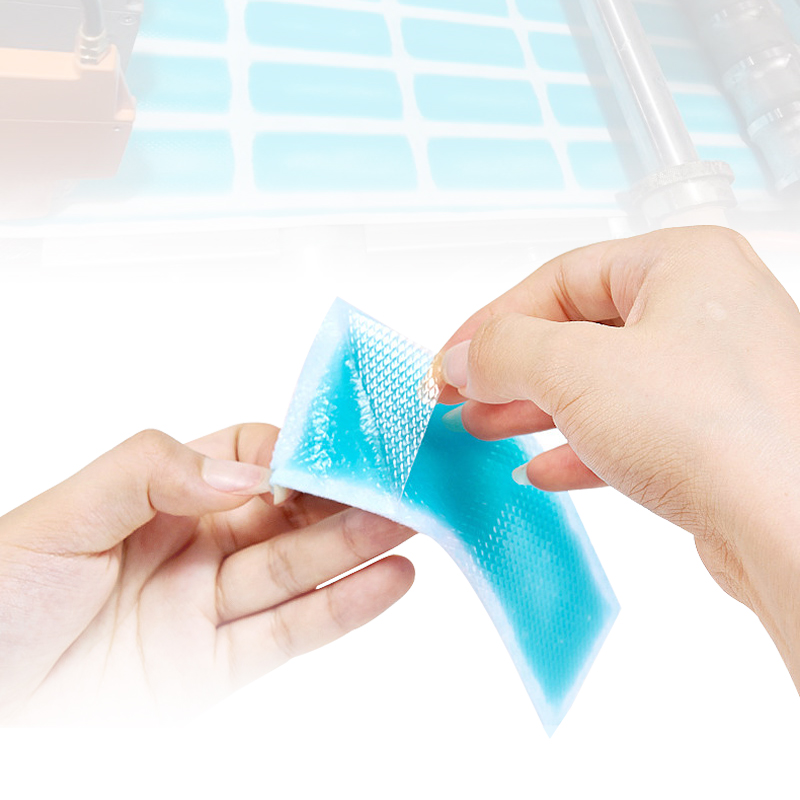Strategies for Transdermal Gel Patch Manufacturers to Reduce Production Costs
Strategies for Transdermal Gel Patch Manufacturers to Reduce Production Costs
In the highly competitive world of healthcare product manufacturing, cost reduction is a key factor in ensuring profitability and sustainability. Transdermal gel patches, as an innovative drug delivery system, are in high demand due to their convenience and effectiveness. However, the production of these patches often involves complex processes and high costs, making it challenging for manufacturers to maintain profitability. This article discusses strategies that transdermal gel patch manufacturers can adopt to reduce production costs while maintaining product quality and safety.
1. Raw Material Optimization
One of the most effective ways to reduce production costs is to optimize the raw materials used in the manufacturing process. Manufacturers should seek out suppliers that offer high-quality raw materials at competitive prices. Additionally, they can explore alternative raw materials that might be cheaper but still meet the required specifications. It is also important to conduct regular audits of suppliers to ensure the consistency and reliability of the raw materials.
2. Process Improvement
Improving the manufacturing process can significantly reduce costs. Manufacturers should identify bottlenecks and inefficiencies in the production line and work on eliminating them. This might involve investing in automation, streamlining workflows, or adopting lean manufacturing principles. Additionally, continuous training and upskilling of employees can help improve their efficiency and reduce errors.
3. Customization and Scale-Up
Offering customized transdermal patches can help manufacturers reduce costs by reducing waste and maximizing the utilization of raw materials. By working closely with customers to understand their specific needs, manufacturers can produce patches that are tailored to the requirements of each individual order. Additionally, scaling up the production process can help manufacturers achieve economies of scale, further reducing costs per unit.
4. Quality Control and Compliance
Maintaining high-quality standards is crucial in the healthcare industry, but it doesn't have to be expensive. Manufacturers can adopt cost-effective quality control measures such as regular testing and audits to ensure product safety and compliance with regulatory requirements. Additionally, they can work with regulatory authorities to understand the latest regulatory requirements and adapt their processes accordingly to avoid unnecessary costs associated with compliance failures.
5. Research and Development
Ongoing research and development (R&D) efforts can help manufacturers identify new cost-saving opportunities. This might involve exploring new formulations, developing innovative manufacturing techniques, or seeking patents for unique products or processes. By investing in R&D, manufacturers can stay ahead of the competition and reduce costs through continuous innovation.
6. Collaborative Partnerships
Collaborating with other manufacturers, suppliers, or research institutions can help reduce costs by sharing resources, knowledge, and expertise. Manufacturers can form strategic partnerships to jointly develop new technologies, optimize production processes, or access cheaper raw materials. Such collaborations can lead to cost savings for all parties involved.
In conclusion, reducing the cost of transdermal gel patch production requires a multifaceted approach that involves optimizing raw materials, improving processes, offering customization, maintaining quality control, investing in R&D, and forging collaborative partnerships. By adopting these strategies, transdermal gel patch manufacturers can improve their competitiveness and profitability while ensuring the safety and effectiveness of their products.






